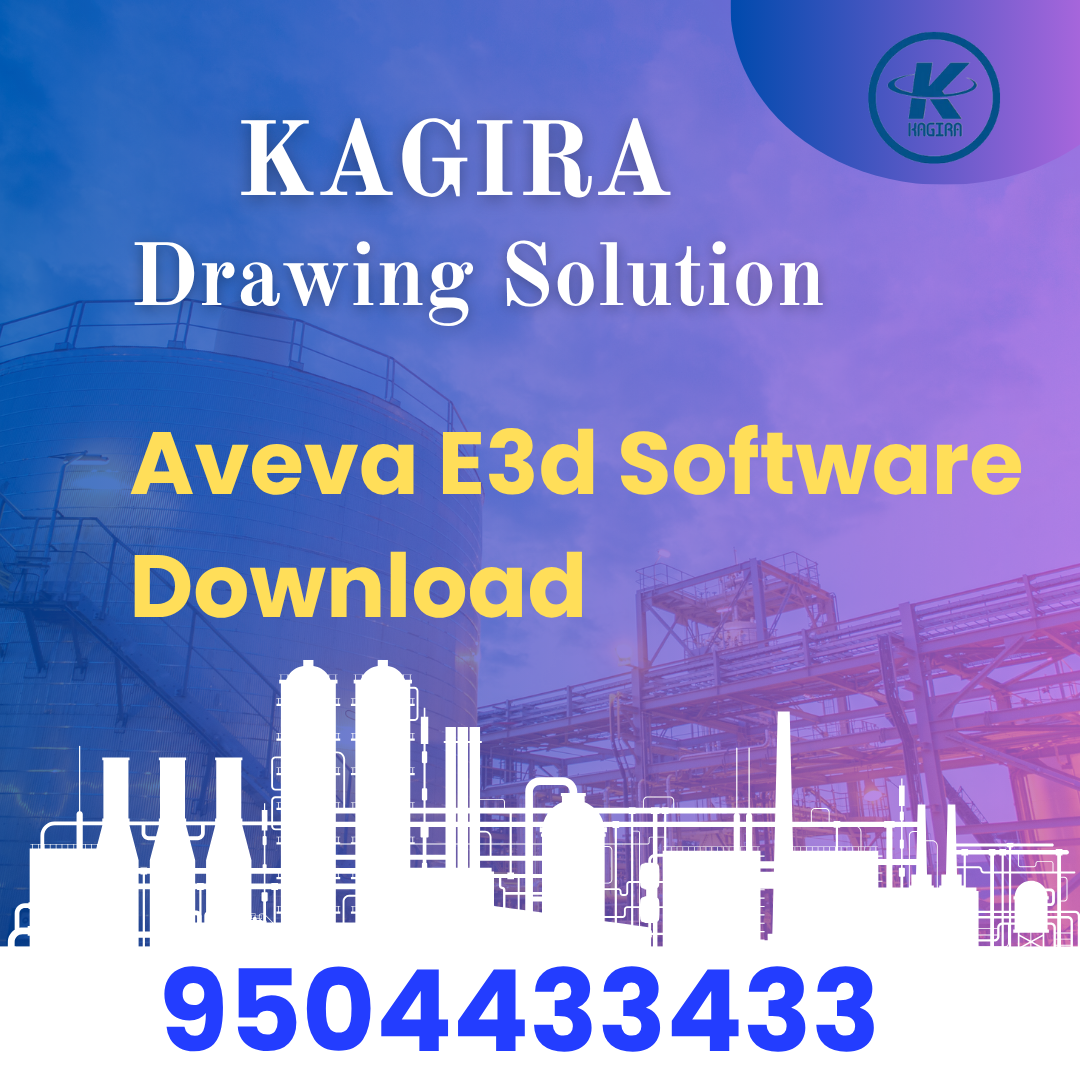Piping Course

Piping systems are the lifelines of process industries such as oil & gas, petrochemical plants, power stations, refineries, and water treatment facilities. The Piping Engineering Course is designed to provide a thorough and practical understanding of these critical systems—from design and layout to fabrication, installation, inspection, and maintenance.
This course empowers aspiring engineers, diploma holders, and working professionals with the core skills and industry knowledge required to build a successful career in piping engineering. Participants will gain expertise in interpreting P&IDs and isometric drawings, selecting appropriate materials, understanding fundamental stress analysis concepts, and using essential industry software like AutoCAD, PDMS/E3D, and Caesar II.
Module 1: Introduction to Piping Engineering
-
What is Piping Engineering?
-
Role of a Piping Engineer in industries
-
Types of industries using piping systems (Oil & Gas, Petrochemical, Power, etc.)
-
Codes & Standards (ASME, ANSI, API, ISO, etc.)
Module 2: Process Piping Basics
-
Piping Materials and Selection
-
Piping components overview:
-
Pipes
-
Fittings
-
Flanges
-
Valves
-
Gaskets
-
Bolts & Nuts
-
-
Piping sizes and schedules (ASME B36.10/B36.19)
Module 3: Piping Design and Layout
-
P&ID (Piping and Instrumentation Diagram)
-
PFD (Process Flow Diagram)
-
Equipment layout
-
Plot plan and plant layout
-
Piping layout concepts (loop, branch, expansion)
-
Nozzle orientation
Module 4: Piping Supports and Flexibility
-
Types of supports: Rigid, Spring, Hanger
-
Expansion loops and bellows
-
Pipe stress and flexibility analysis basics
-
Support spacing and placement
Module 5: Piping Isometrics
-
What are piping isometric drawings?
-
Symbols used in isometrics
-
Northing/Easting/Elevation
-
BOM (Bill of Materials)
-
Dimensioning and annotation
Module 6: Pipe Stress Analysis (Intro)
-
Why stress analysis is needed
-
Primary vs secondary stresses
-
CAESAR II (introductory overview)
-
Thermal expansion and load cases
Module 7: Piping Fabrication & Erection
-
Fabrication process (Cutting, Beveling, Welding)
-
Fit-up and tack welding
-
Site erection and field welding
-
Hydrotest & Pneumatic test
Module 8: QA/QC in Piping
-
Quality control during fabrication
-
WPS, PQR, and Welder Qualification
-
Inspection techniques (NDT, Radiography, PMI)
-
Documentation and clearance
Module 9: Software Tools (Overview)
-
AutoCAD for drafting
-
PDMS / E3D / SP3D for 3D modeling
-
Navisworks for review
-
Caesar II for stress analysis
Module 10: Industrial Safety & Soft Skills
-
Safety procedures in piping work
-
PPE and safe welding practices
-
Basic site communication skills
-
Report preparation and coordination
Conclusion
By the end of this course, you will have acquired both in-depth theoretical knowledge and practical exposure to the key elements of piping engineering. You will be equipped to confidently interpret essential engineering documents such as P&IDs and isometric drawings, understand the application of industry codes and standards, and actively contribute to piping design, fabrication, erection, testing, and inspection processes.
This course lays a strong foundation for a rewarding career in piping engineering and related fields. Whether your interest lies in design, construction, quality assurance, or stress analysis, the skills and tools gained through this training will enable you to step into the industry with clarity, competence, and confidence.




